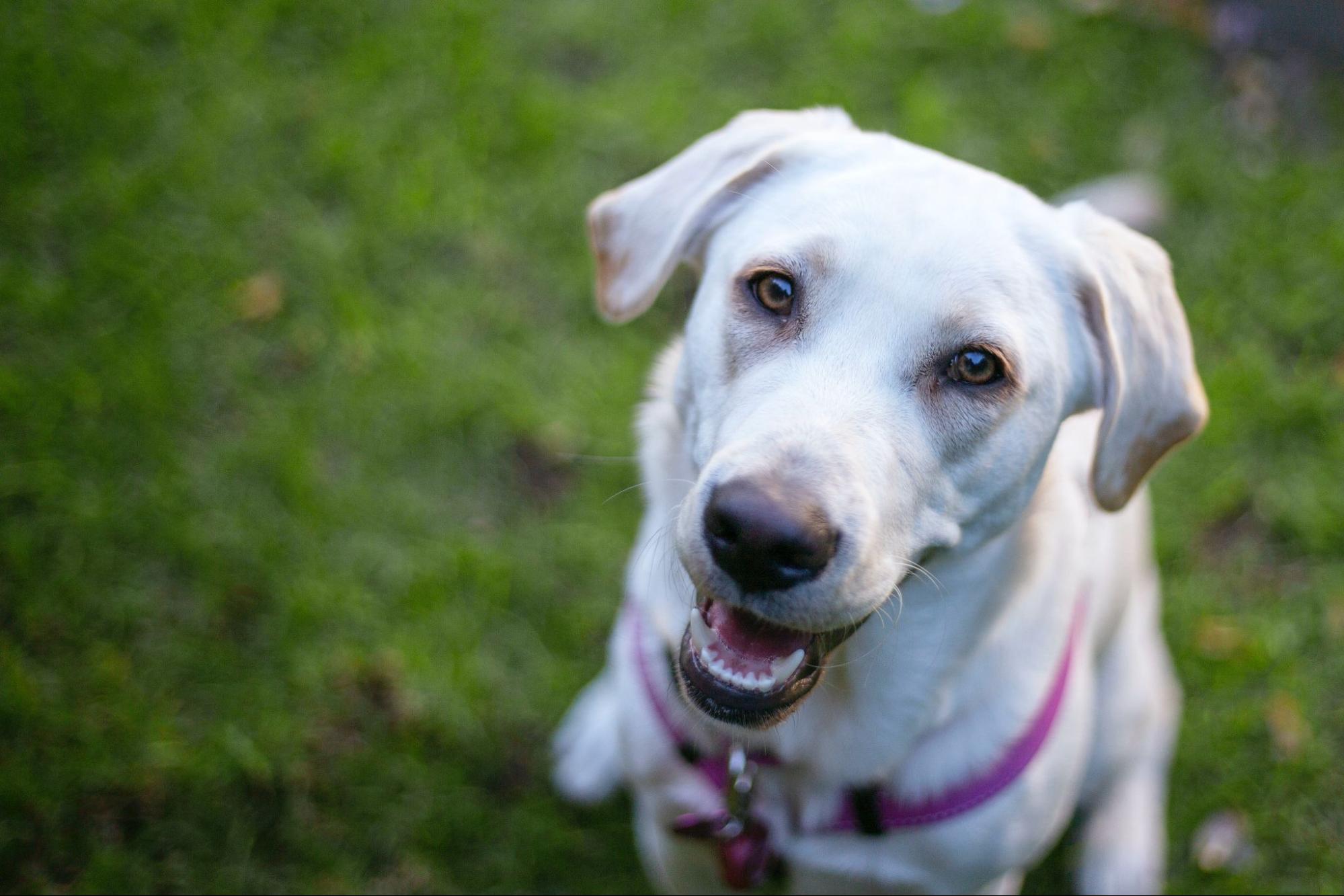How to Train a Dog to be Aggressive Towards Strangers
Training a dog to be aggressive towards strangers goes against the principles of responsible dog ownership and can pose serious risks to both people and other animals. As an expert in dog training, I must emphasise the importance of focusing on positive reinforcement techniques that promote good behaviour and socialisation instead.
When it comes to training a Labrador or any other breed, the key is to foster a well-rounded, friendly, and obedient companion. Rather than encouraging aggression, it is crucial to prioritise teaching your Labrador appropriate behaviours such as proper greetings and obedience commands.
Socialising your Labrador from an early age is essential for helping them feel comfortable around strangers. Introduce them to different people in various environments while ensuring positive experiences. This will help build their confidence and prevent fear or anxiety-based aggression.
Redirecting your dog’s attention with rewards, praise, and treats when encountering strangers can also be effective in reinforcing positive behaviour. If you notice any signs of fear or aggression towards strangers, consult with a professional dog trainer who specialises in positive reinforcement techniques.
Remember, dogs are naturally social animals that thrive on love and companionship. By focusing on building trust, providing proper training, and promoting positive interactions with others, you can raise a well-behaved Labrador who is friendly towards everyone they meet.

Understanding Dog Aggression
When it comes to training a dog to be aggressive towards strangers, it’s important to approach the topic with caution and responsibility. Aggression in dogs can be a serious behavioural issue that requires careful management and professional guidance. In this section, I’ll provide some insights into understanding dog aggression.
- Nature vs Nurture: It’s crucial to recognize that aggression in dogs can stem from a combination of genetic predisposition and environmental factors. While certain breeds may have a higher inclination towards aggression, such as guard dogs like German Shepherds or Dobermans, it is not limited to them. Even Labrador Retrievers, known for their friendly nature, can display aggressive behaviour if improperly trained or exposed to negative experiences.
- Types of Aggression: Before diving into how to train a dog to be aggressive towards strangers, let’s explore different types of aggression commonly exhibited by dogs:
- Fear-based aggression: Dogs may become aggressive when they feel threatened or scared.
- Territorial aggression: Dogs may protect their perceived territory aggressively.
- Protective aggression: Dogs exhibit protective behaviours towards their family members.
- Possessive aggression: Dogs may show aggression when guarding resources like food or toys.
- Redirected aggression: Dogs redirect their frustration or arousal onto someone else.
- Identifying Warning Signs: Recognizing early warning signs of potential aggression is essential for effective intervention:
- Body language: Raised hackles, tense posture, growling, snarling.
- Stiffening: The dog becomes rigid and unresponsive.
- Lunging or snapping: The dog shows clear signs of wanting to attack.
- Professional Assistance: Dealing with dog aggression requires expertise beyond general obedience training techniques. Seeking guidance from an experienced professional trainer or animal behaviourist is highly recommended.
- Positive Reinforcement Training: Instead of training a dog to be aggressive towards strangers, it’s crucial to focus on teaching them appropriate behaviour and socialisation skills. Positive reinforcement techniques, such as rewarding good behaviour and gradually exposing the dog to different environments and people, can help reshape their responses.
Remember, promoting aggression in dogs is not only unethical but also dangerous for everyone involved. It’s essential to prioritise the safety of both your dog and others by focusing on positive training methods and seeking professional guidance when needed.